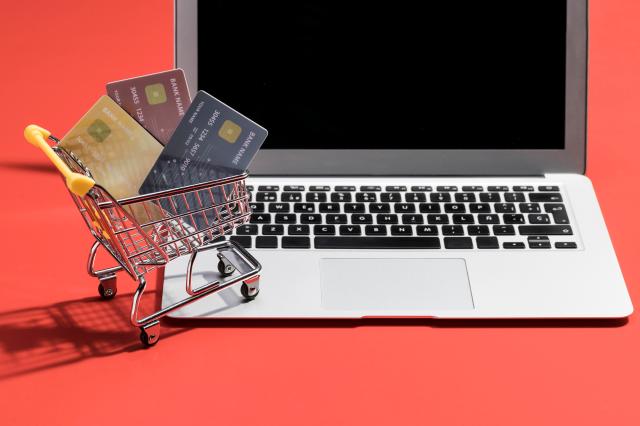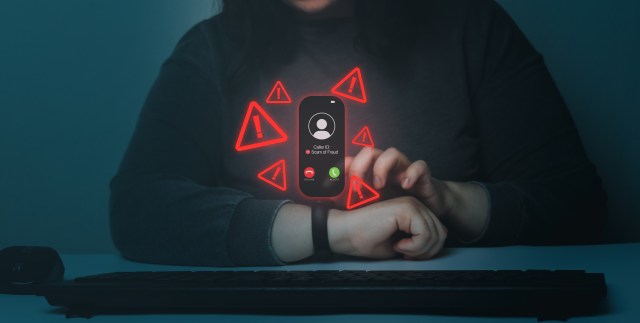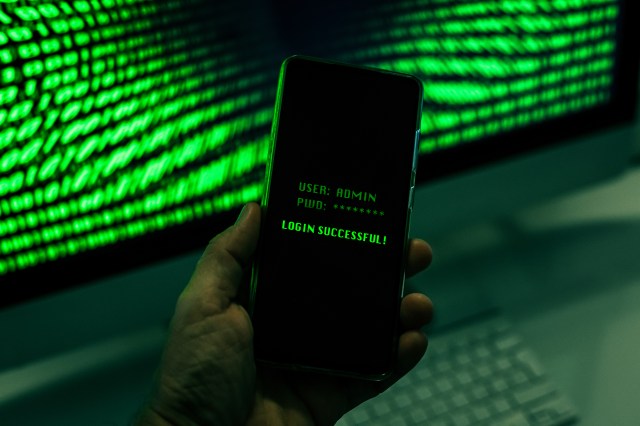
Understanding Social Media Impersonation in the Philippines
What Is Social Media Impersonation?
Social media impersonation happens when someone creates a fake Facebook, Instagram, TikTok, or X (Twitter) profile pretending to be another person, a government agency, or a corporation like PLDT, Smart, or even a famous celebrity.
These scammers use:
- Stolen photos and real names,
- Fake news or fake promos,
- “Official” messages to trick people into giving money, or personal details.
Actual incidents and scenarios in the Philippines:
- Impersonation of a Journalist: In 2023, a scammer made a fake account of a well-known journalist, using his name and photo. The impersonator contacted politicians and asked for money, pretending it was for an official event. People were convinced because the profile showed real details about the journalist’s job.
- “Government Agency” Scams: Scammers have also copied pages of real government agencies (like PSA or PhilSys) and tricked Filipinos into sharing personal details or bank info in exchange for fake “assistance” or a “National ID”.
- Fake Brand Pages and Promos: Some Facebook pages pretend to be big local brands or telcos, offering “free load” or “discounts” if you click a link, join a promo, or provide your account info. Victims either lose money or get their accounts hacked.
Why Do These Scams Work?
- The fake accounts can look real, complete with logos, photos, and even “blue checkmarks.”
- Scammers use polite messages, official-sounding texts, and sometimes even deepfake videos—making it easy for anyone, especially those less familiar with technology, to fall for their tricks.
- Some “friends” or family members might share or recommend the fake page, making it seem even more believable.
How To Protect Yourself
Be Extra Careful
Never trust anyone online just because they have your friend’s name, a government logo, or a known company profile picture. Scammers can easily “copy” these.
Double-Check Before Responding
If you get a message about prizes, job offers, financial help, or anything asking for your information or payment, always check first.
For brands or government agencies, go directly to their official page or website (not the link sent to you).
Never Share Sensitive Information
Never give your password, one-time PIN (OTP), or full birthday and card/bank info through chat or text—even if the request looks official. Real companies and government offices don’t ask for these through social media.
Watch Out for “Too Good to Be True” Offers
Amazing discounts, free gadgets, or guaranteed jobs from unknown pages are almost always bait to steal your money or info.
Use Strong Passwords and MFA
Set strong passwords for your accounts and turn on Multi-Factor Authentication (MFA) as an added layer of security—most major platforms have this feature.
Report Suspicious Accounts
If you see a fake account or get a suspicious message, use the “Report” button on Facebook, Instagram, etc. Tell family and friends too so they don’t become victims.
Get Help if You’ve Been Tricked
Take screenshots and save any messages from the scammer.
Report it to the Philippine National Police Anti-Cybercrime Group (PNP-ACG) or the National Bureau of Investigation- Cybercrime Division (NBI-CD).
File a report with the National Privacy Commission if your personal info has been stolen.
You don’t need to be “techy” to stay safe. When in doubt, don’t rush—ask a trusted friend or family member first, and never let a message pressure you to act quickly. If you spot a scam, tell others so they won’t become the next victim.
By being careful online and knowing these tricks, everyone—from teens to seniors—can help keep our digital community safe.




